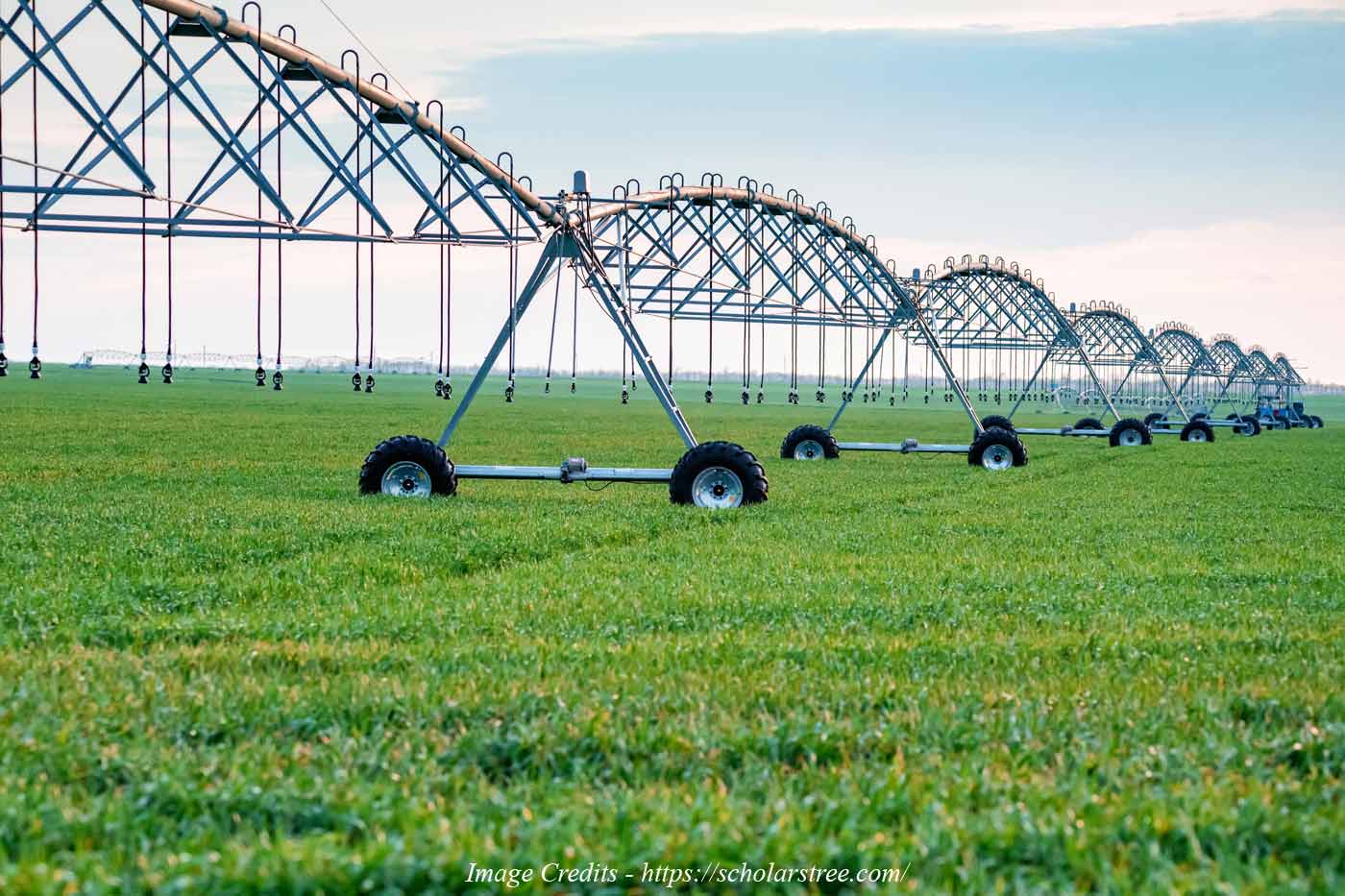As per estimates by the United Nations, by 2050 approximately 9.5 billion people will inhabit the world. How can all these people be fed, given that the amount of farmland available per capita is decreasing day by day?
To address this pressing issue, agriculture requires new approaches, which can not only increase productivity but also ensure environmental protection and conservation of limited natural resources. If we were to take a look at the future, there are already a few trends that are transforming agriculture globally.
Augmenting Hybridization
The use of hybrid seeds enables better adaptation in unfavourable soil and climatic conditions such as saline soils and rainfed ecosystems. Short duration hybrids produce more in less duration and thus consume less water. Hybrid seeds with inbuilt quality can provide additional disease tolerance which reduces chemical use on plant and minimizes residue level of chemicals in soil and water.
Smart Farming
With 11 agro-climatic zones, India has varying cultivation practices, this technology can really help farmers increase farm output. Precision farming technologies can help eliminate uncertainty or at least further reduce risks by providing accurate weather data via connected hardware like GPS-equipped sensors. The information collected can be analyzed to gather appropriate agronomic analysis by which farmers can then make farm-zone-specific decisions.
Sensor Based Drip Irrigation
Agriculture accounts for 70% of all water usage and needs to focus on improving water quality and also address water scarcity. The joint cooperation of German life science enterprise Bayer, Israeli irrigation solutions company Netafim and BGN Technologies, the technology company of Israel’s Ben-Gurion University of the Negev (BGU), aims to combine soil research, digital prediction tools and drip technology to calibrate digital prediction models for optimized application of crop protection compounds through drip irrigation.
This method uses sensors and technology to precisely deliver water and targeted crop protection treatments based on specific geographic needs, pest and disease pressures as well as plant life cycle requirements. This in turn also contributes in economic savings for farmers.
Drones/Robots In Agriculture
In addition to mapping the cropping area, these gadgets may also be able to process answers, sounds exciting isn’t it? Need based application of agrochemicals by identifying the weeds, pests, diseases and their types. Drones are completely changing the entire process of farming world over. As per industry estimates, the use of drones can provide a 15 to 20 percent increase in farm productivity.
Managing Soil Health
Soil health is turning out to be the next frontier in farming. While we know the benefits of reduced tillage in preserving soils and preventing erosion and moisture loss, we are still in our infancy regarding the complexities of the soil biome.
Bayer’s new global partnership with Ginkgo Bioworks by the name Joyn Bio is a joint venture of the two companies for R &D activities in soil health management that is to be achieved by identifying and developing plant-based microbes that can help plants and soil to fix nitrogen from the air or other alternative sources as a means to reduce the need to apply traditional nitrogen fertilizers in agricultural production.
Nitrogen fertilizers are not only costly to the farmers but are also costly to the environment, causing ever-more concerning water pollution through run-off, and accounting for 3 percent of the world’s carbon emissions, according to Forbes. If successful, this research could reduce the cost of crop fertilization and runoff into waterways while cutting down greenhouse gas emissions.
Digitalization
In the present time the idea of driverless cars does not sounds fancy as it is increasingly becoming popular, but this technology will likely be even more quickly adopted in agriculture. 24/7 farming would be possible by Self-driving tractors, drones and robots guided by a farmer’s phone or tablet during critical times of the season.
And the integration of artificial intelligence, satellite imagery and sophisticated predictive software will help farmers make key decisions in real time, saving time, money and maybe even a crop from the devastating impact of pests or extreme weather.
In the present time the idea of driverless cars does not sounds fancy as it is increasingly becoming popular, but this technology will likely be even more quickly adopted in agriculture. 24/7 farming would be possible by Self-driving tractors, drones and robots guided by a farmer’s phone or tablet during critical times of the season.
And the integration of artificial intelligence, satellite imagery and sophisticated predictive software will help farmers make key decisions in real time, saving time, money and maybe even a crop from the devastating impact of pests or extreme weather.
All these trends will help in raising farmer income and also help minimize distribution losses that have plagued Agri space for decades.
References:
https://vikaspedia.in/agriculture/crop-production/weather-information/agro-climatic-zones-in-india










